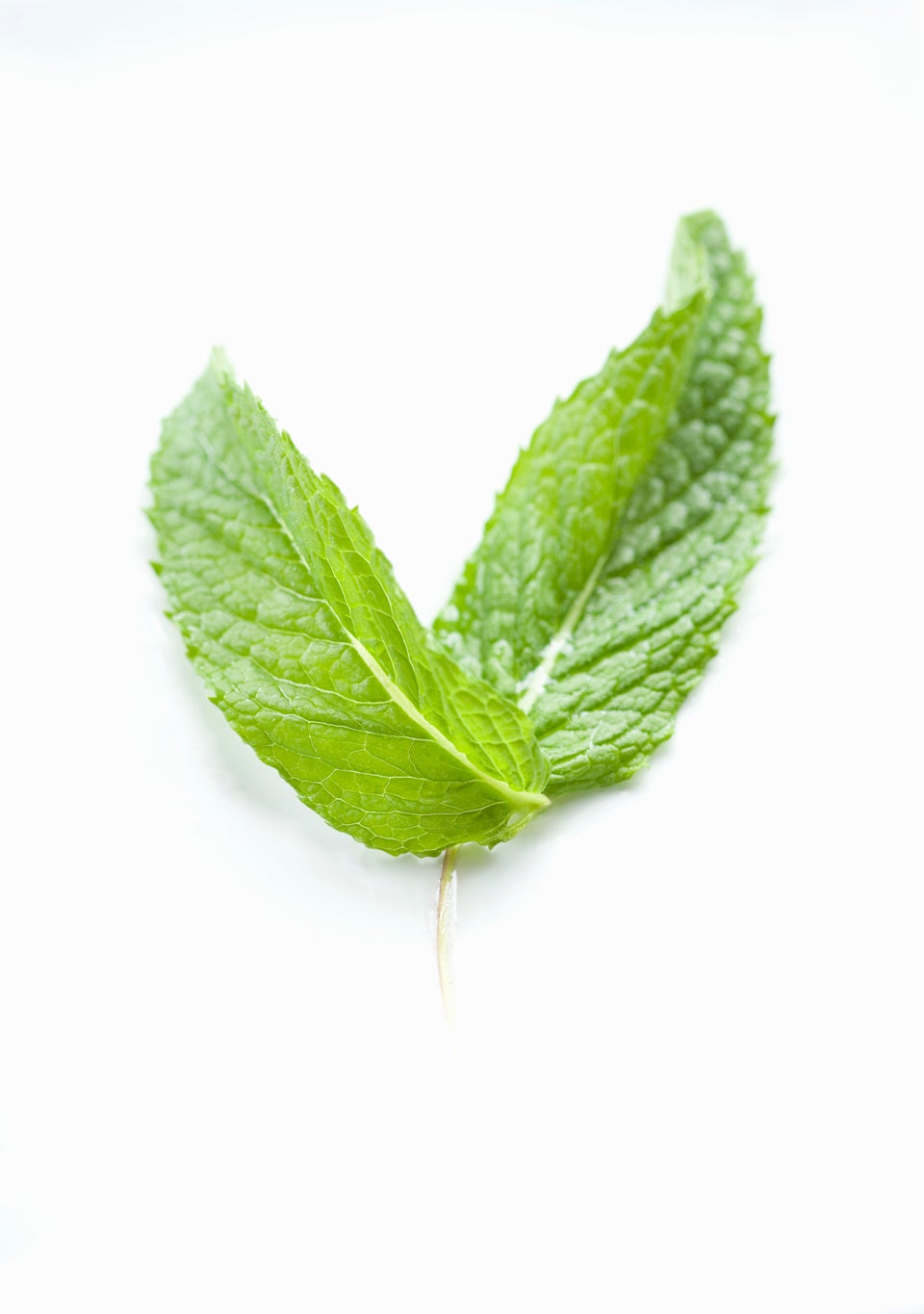Beware the Salt Traps
We all know we shouldn’t eat too much salt—that overdoing it can lead to high blood pressure, heart attack, stroke, and other heart-related diseases. The problem is that salt is hidden everywhere, even in foods that you might not suspect, like salad dressings and chicken breast. The U.S. Dietary Guidelines recommend less than 2300 mg a day. If you’re over 51, African American, or have high blood pressure, chronic kidney disease or diabetes, you should limit it to under 1500 mg. The problem: According to the USDA Center for Nutrition Policy and Promotion, the estimated average intake of sodium for Americans ages 2 years and older is approximately 3400 mg per day, more than twice the recommended amount.
The American Heart Association(AHA) reports that 75% of the sodium in the average American diet comes from salt added to processed or restaurant foods, so think twice before you buy those heat-and-eat dinners in the supermarket freezer case and order that nachos grande at your favorite eatery. As for foods in your home, here are the worst sodium offenders.
1. Bread
“Bread and rolls by themselves aren’t that high [in sodium], but we eat so much of them. A slice of bread can have 120 mg, so it can add up quickly,” says Rachel Johnson, PhD, RD, professor of nutrition and medicine at the University of Vermont and an AHA spokesperson. Add on salted butter or a condiment and it goes up even more.
2. Cold cuts and cured meats
A 2-ounce serving (about six thin slices) can gobble up half your daily recommended allowance of sodium. Yes, half.
3. Pizza
Well, you never thought of it as health food, but the main concern was more about fat and calories. Did you know that one slice can also equal half your RDA for salt?
4. Chicken
That boneless chicken breast may be labeled “all natural,” but that doesn’t mean it hasn’t been injected with salt water to improve taste and juiciness. Four ounces of boneless, skinless chicken breasts can have from 40 mg to 330 mg of sodium. Three ounces of breaded restaurant chicken strips can have between 430 to 900 mg.
5. Soup
Canned soups can be loaded with salt as a preservative and to boost taste. (Canned vegetables are big offenders, too.) Regular soups (not those marked low-sodium) can contain 600 mg or higher per serving.
6. Processed cheese
A 1-ounce slice of American cheese may look harmless enough, but it alone can contain 330-460 mg.
7. Breakfast cereals
You wouldn’t think cereal would be on this list, but it really pays to read labels in this category; it can vary all over the place. As an example, a serving of Fiber One Honey Clusters has 230 mg per serving, a serving of Quaker Oats Instant Maple & Brown Sugar Oatmeal has 260 mg of sodium, while Kashi Lean wins the low-sodium race at only 80 mg.
8. Jarred spaghetti sauces, condiments and salad dressings.
These are huge salt magnets. Jarred spaghetti can contain more than 400 mg per serving. Salad dressings differ vastly, but can go as high as 400 mg for two tablespoons. One tablespoon of mayo can have 125 mg, and the equivalent amount of ketchup can have 190 mg. Those last two may not sound high but in reality, when you use them, do you really keep it to one tablespoon? It all adds up.
Kids are at risk too!
A just released report from the Centers for Disease Control finds that 75% of commercial pre-packaged meals and snacks for babies and toddlers are high in sodium—in some of the toddler meals, sodium levels were as high as 630 mg per serving. “Too much salt has the same effect on young growing bodies as it does on adults’,” says Dr. Johnson. “Pediatricians are seeing more instances of elevated blood pressure in children, which puts them at increased risk for heart disease starting very young.”
Cut your sodium intake
Beware of misleading labels. “Food products that are labeled “low fat” or “low calorie” may be adding more salt to make up for taste,” says Dr. Johnson.
• Read the nutrition labels.Sodium levels are clearly marked.
• Look for products labeled “low sodium” (contains less than 140 mg per serving), “very low sodium” (less than 35 mgs preserving) or “sodium free”(less than five mgs). Also, check out products that carry the AHA’s Heart-Check endorsement. It means that the product has less than 480 mg per serving.
• Learn to cook with reduced salt. You can boost flavor with herbs, spices and citruses such as lemon and lime. (Hint: Don’t use garlic salt or onion salt.) “You can train your taste buds to be accustomed to lower sodium intakes,” says Dr. Johnson.
• Check out the AHA’s Eat Less Salt book if you really want to get serious about it.
Also from Grandparents.com:
5 Miracle Foods You Actually Want To Eat
